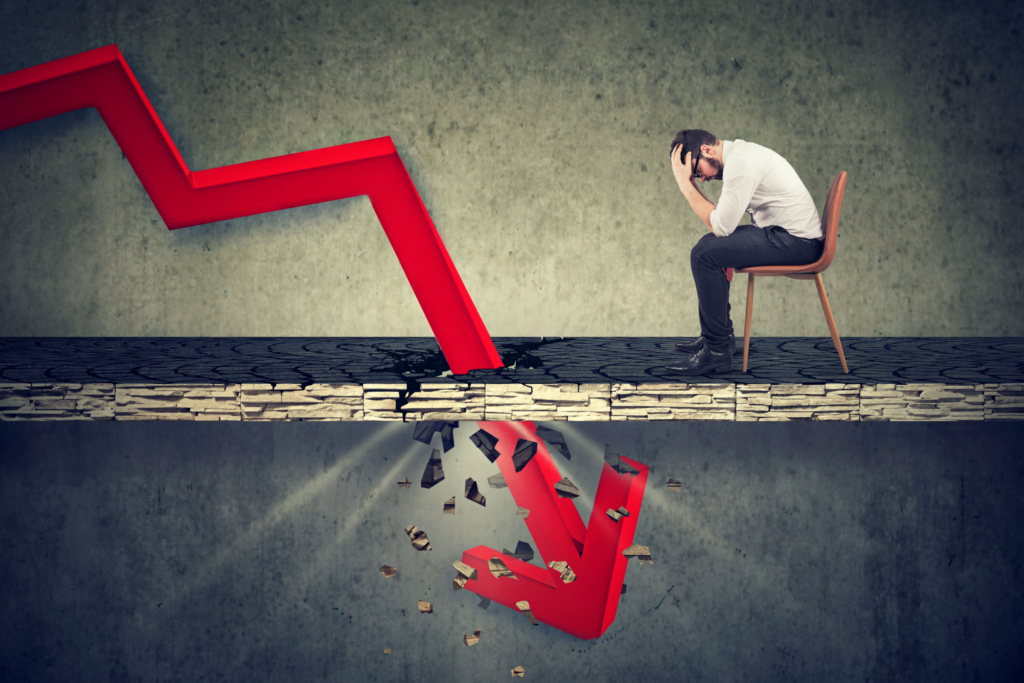Bankruptcy is a legal process that can be commenced when you are declared unable to pay your debts. It is a process that can release you from most debts, provide relief and allow you to make a fresh start.
There are two ways that you can enter into bankruptcy. These are
- Voluntary Bankruptcy – where you nominate yourself for bankruptcy by submitting a Bankruptcy Form.
- Sequestration Order – this is where your creditors can make you bankrupt during a court process.
When you become bankrupt, the Australian Financial Security Authority appoints a trustee. This trustee is a person or body who manages your bankruptcy.
When you are bankrupt:
- You must provide details of your debts, income and assets to your trustee.
- Your trustee notifies your creditors that you’re bankrupt – this prevents most creditors from contacting you about your debt.
- Your trustee can sell certain assets to help pay your debts.
- You may need to make compulsory payments if your income exceeds a set amount.
What Happens To Superannuation?
This depends on when and how it is that you receive your super. If you receive superannuation before or after your bankruptcy begins, your trustee must be notified.
If Received Before Bankruptcy
- Super payments received before bankruptcy are claimable by your trustee
- Any asset purchased with those funds (such as a house) can be claimed by the trustee
If Received During Or After Bankruptcy
Super payments that are during or after bankruptcy:
- are not claimable by your trustee if it is a lump sum payment
- your trustee cannot claim assets you purchase with those funds, e.g. car.
An exception is where your super isn’t in a regulated fund, approved deposit fund or an exempt public sector scheme. Your trustee can claim super not held in these types of funds.
Received As Income
During bankruptcy, the super you receive as an income stream (e.g. a pension) forms part of your assessable income. If your income exceeds a set amount, you may need to make compulsory payments.
Self-Managed Super Funds
Someone bankrupt cannot be a trustee of a self-managed super fund. If you have a self-managed fund, you must advise your trustee. You must cease acting in this position and notify the ATO within 28 days. See the ATO website for more information about removing yourself as a trustee.
You can not be a trustee for SMSF if you are bankrupt. You have six months to exit the SMSF trustee space. If you find yourself in this situation and need directions on what to do next to avoid SIS regulation breach and ATO penalties, book a call with our SMSF Specialist – Natalia Clack here.

